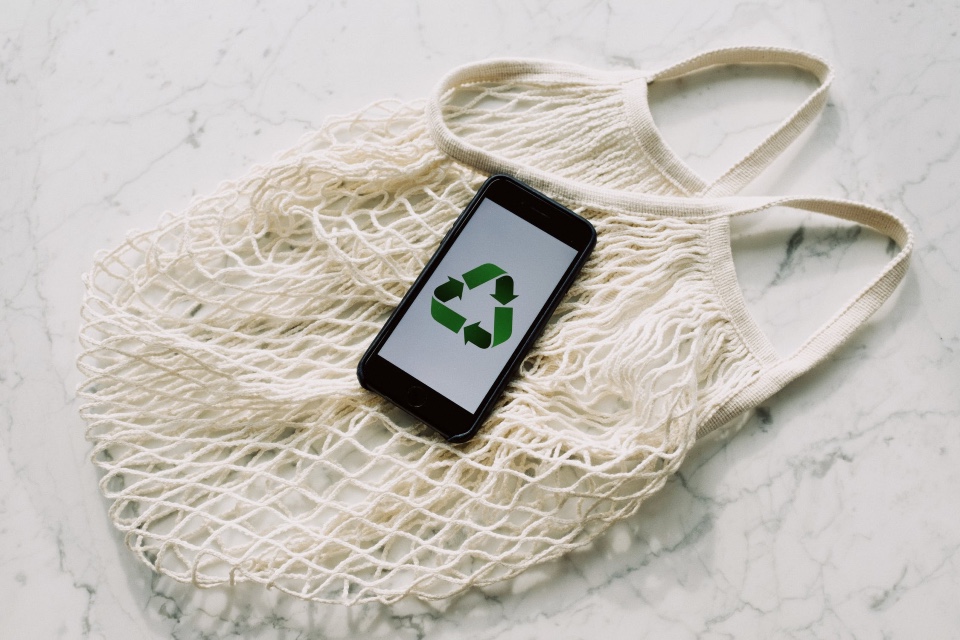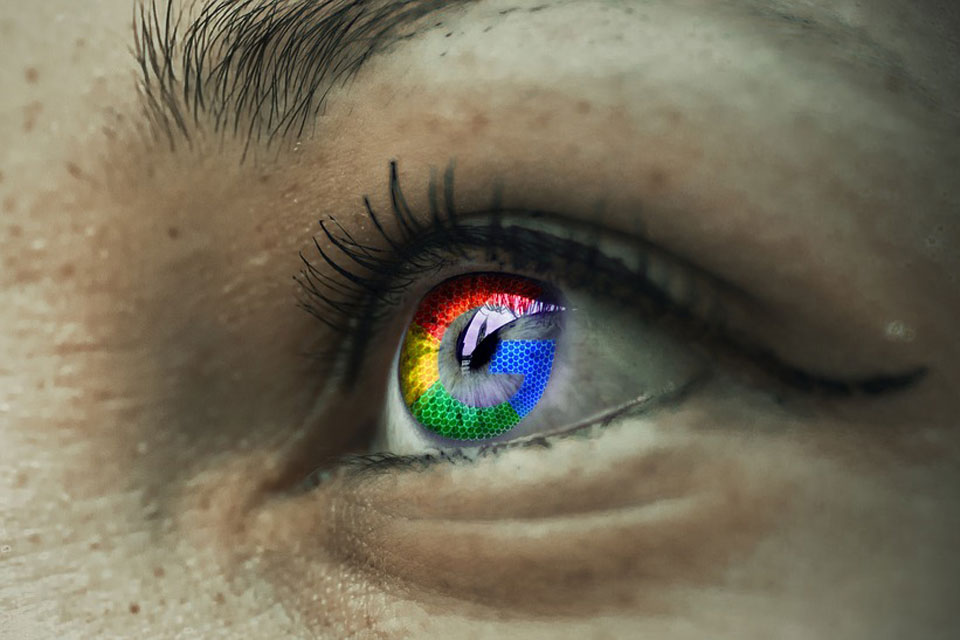For better or worse, Emily in Paris proved to be the answer to everyone’s pandemic escapism, capturing the attention of 58 million viewers worldwide within its first 28 days on Netflix. After the release of season two in December 2022, searches for the show were up by 100% just one day later and audiences remain addicted to the bold fashion and glamourised portrayal of the marketing world.
The show follows militant Marketing Executive Emily as she navigates her new life in Paris and her role at luxury brand marketing agency Savoir despite not speaking the French language and having no experience in the luxury sector. From spontaneous social posts to collaborative brand campaigns, Emily’s efforts blow up the internet in a matter of minutes with little to no planning, but would this ‘viral’ effect unfold in reality?
To determine if Emily’s concepts would hit the mark in the real world, Print and Design experts Solopress have delved into some of the show’s most iconic campaigns and marketing faux pas.
Key Findings:
- Searches for the hit show were up by 100% just one day after the 22nd of December.
- Season one captured the attention of 58 million viewers worldwide within its first 28 days on Netflix.
- According to a 2021 HubSpot Blog poll, 58% of marketers plan to leverage Instagram Reels in 2022.
- Video posts receive 21.2% more interactions compared to images and 18.6% more interactions compared to carousels according to Sprout Social.
- Later findings show that reach rate can increase 11% on Instagram as the number of hashtags grows from one to 30, which for an account with 20K followers is an additional 2.2K accounts reached per post.
TV Vs Reality
From a real-world perspective many of Emily’s methods would simply not generate strong results. Whilst we see Emily attempting to take Paris by storm with rushed Instagram images and a few hashtags on her @emilyinparis account, we don’t see her utilising Instagram stories or reels for example which are hugely prevalent features of the platform. According to a 2021 HubSpot Blog poll, 58% of marketers plan to leverage Instagram Reels in 2022 – perhaps something for Emily to consider in her season 3 Instagram marketing plans.
Although Emily clearly grasps the importance of authenticity and immediacy when it comes to Instagram posting, she doesn’t apply other key social media marketing principles such as having a consistent tone of voice, using copy to tell a story or correctly utilising hashtags. A key element of any social media strategy is to be as engaged as possible with users, yet we never see Emily interacting with followers on the platform or creating meaningful discussions.
Interestingly, recent Later findings show that reach rate can increase by 11% as the number of hashtags grows from one to 30 which for an account with 20K followers is an additional 2.2K accounts reached per post. Opting for one hashtag per post, when Instagram allows up to 30 hashtags per post, the character is also reducing chances to connect with her community and build trust.
Business Objectives Matter
“To build a brand you must create meaningful social media engagement” is one of the first mantras Emily bestows upon the agency and one that she focuses on throughout the series.
There is no mention of key success metrics in Emily’s strategies, such as impressions, followership or meaningful follow-up actions for the brand such as conversions and click-through rate, which Hootsuite highlight as significant metrics when it comes to tracking campaign success. Emily seems to be solely focused on social media engagement, and appears to lack any sense of business objectives and using this engagement to meet the wider goals of the company.
We also catch a glimpse of Emily regaling a client with a campaign she worked on to promote a vaccine to treat the population of Virgin Islands. She explains that the campaign involved “saturating the web with gorgeous content” and resulted in a 30% increase in tourism for the area and that any time users searched terms such as “tropical beach vacation” and “topless beach selfies” they were directed to the campaign. In this instance, Emily lacks awareness of the fact that the campaign was not aligned with the goal of increasing vaccinations and that people searching for tropical holidays are not the target audience.
Which of the Show’s Campaigns Would Work in the Real-World?
- The Pierre Cadault and Rimowa Luggage Collaboration
Green flags: Creativity, a bold, loud campaign idea that has worked for her clients in the past.
Red flags: No formal strategy or sign off process, sharing product prototype with competitors, poor client knowledge/ relations.
For this campaign idea, Emily pitches a collaboration with renowned designer Pierre Cadault and luggage client Rimowa, recommending that to make “noise” for the Rimowa brand, they include a giant image of Pierre Cadault’s face on the suitcase with the intention of it looking tacky and making a statement. The following day the printed luggage is delivered to Emily’s apartment – an unrealistic turnaround time in the real world given the design time, printing and delivery involved.
Without final sign off from Pierre himself, Emily then parades this new product on her travels in St Tropez and is stopped by another high-brow designer who is immediately impressed and wants to pose with the case. Not only does Emily not stop to consider that this designer is a direct competitor, but she neglects to conduct any research on the person whatsoever before hitting post on Instagram. The post leads to outrage from Pierre Cadault as the seemingly friendly designer is his “nemesis” and the stunt was used as a sign of disrespect.
The Reality?
Glen Eckett, Head of Marketing at Solopress, comments: “While it is not impossible to turnaround a printed suitcase for next day delivery, normally a campaign like this would require more time in order to ensure the process went smoothly and the finished product was up to scratch.”
Additionally, sign off processes are always stringent in marketing, with design proofs, copy and any additional material requiring sign off from multiple departments ahead of any campaign going ahead. In this case, Emily did not receive official sign off from the client himself, whose face was appearing on the new product. With the added issue of Emily involving a direct competitor in a campaign and damaging her relationship with one of the agency’s biggest clients, sadly this campaign is a flop in the eyes of the marketing world.
- Hasten’s Bed Campaign
Green flags: Creative physical installation for the brand, a strong UGC social strategy.
Red flags: No official strategy document produced or signed off, no other social platform other than Instagram utilised, incorrect hashtags and no call to action to drive further user interaction with the brand.
To promote the superior quality of Hasten’s beds, Emily proposes a physical installation that will feature the clients’ beds in the most beautiful spots in Paris from the Louvre to the Jardin du Luxembourg. The campaign idea involved “harnessing the power of social media” and asking the public to “sleep with” the brand as part of a user-generated content strategy.
In typical fashion, Emily captures a zoomed-in selfie for the campaign which does not show the product or beautiful surroundings. The post includes no caption, no call to action or geotag, which in this case would be perfect to alert users to the location of the bed to garner further traction. The post, using the hashtag #getinbedwithus, also gains 108 likes in what seems like 2 minutes.
The Reality?
When it comes to a huge physical installation campaign such as this, a huge amount of planning, preparation and sign off from local authorities would be required ahead of implementation to ensure the best results possible. Emily’s feeble Instagram efforts including sharing another single image post is also an example of her underutilising other features of the platform.
For instance, Sprout Social research shows that video posts receive 21.2% more interactions compared to images and 18.6% more interactions compared to carousels, and with all the incredible Parisian surroundings and premium product that Emily has to work with, there’s no way that a true marketing professional wouldn’t use this to their advantage with video posting, and across multiple platforms such as Facebook and Tiktok.
- The Pierre Cadault Dress Instagram Campaign
Green flags: Bold, out-of-the-box strategy, positions the product as “sexy” and appropriate for a younger adult market which was a key campaign objective.
Red flags: Posting directly from a client account with no copy or image sign off, no call to action and only one hashtag used.
Another spur of the moment campaign of Emily’s is the risqué Instagram post of the lavish Pierre Cadault dress on the floor of a celebrity’s hotel room. Following Emily arranging for the American Actress in question to wear one of Pierre Cadaults’ dresses to a jewellery client’s party, she spots an opportunity to capture an image of the dress on the floor beside cigarettes, shoes and wine with the caption “About last night” and the hashtag #PC2020, which gains strong engagement reaching 177,684 likes.
The Reality?
Emily’s image is unfortunately posted without client sign off directly from the client’s Instagram account, which is a huge red flag when it comes to any social media strategy, particularly when the subject matter is somewhat controversial. According to Hootsuite, calls to action are essential in driving more traffic to a website, generating sales, generating leads and improving conversion rates, which Emily fails to include in any product related content leaving nowhere for users to visit after the post. In this case, the hashtag is relevant as it pertains to the designers’ collection that features in the image which will direct relevant traffic to the post and increase its reach to those in the fashion community.
Despite Emily’s daring yet creative approach with this campaign, imagery this risqué should never be posted without client approval, to ensure that client relations are preserved and no damage can be done to the brand. For this reason, this campaign is a definite no from a professional perspective.
- The Champere Video Challenge
Green flags: Unique idea for a viral trend campaign, catchy slogan, strong way to encourage UGC.
Red flags: Spontaneous ideation, no prior discussions or meetings regarding campaign idea, idea is pitched to client when it is due to be executed, only uses Instagram, no risk management implemented.
Ahhh the pièce de resistance of Emily’s marketing faux pas; the “How do you pop your top?” campaign. Here, Emily attempts to start a viral video campaign for Champagne client Champere, encouraging users to share how they “pop their top” on Instagram. Once again, this campaign idea is not the subject of any discussion and there is no social strategy created, clear objectives defined or sign off process in place.
The Reality?
Once again, this campaign exemplifies Emily’s lack of planning and lack of a cohesive marketing strategy. McKinseypoints out that every business needs a full-funnel marketing strategy to succeed, which incorporates traditional brand building with performance (data-driven) marketing. By adopting a full-funnel strategy, organisations can ensure they are relevant to their customers, develop a richer and more accurate picture of their marketing’s overall effectiveness, and generate more value without having to use additional spend. With Emily’s need for immediacy and lack of strategy, there are several risks attached including the possibility of wasting time, resources and money.
Emily also chooses not to undertake any risk management prior to capturing the first video with the client, whose creative way of “popping his top” is naturally to use a sword which results in a severed thumb! In the real world any health and safety risks would be mitigated ahead of filming, especially as this is a campaign intended to go viral. Given the previous problematic history of viral challenges such as the Neck Nomination challenge and the more recent Milk Crate Challenge that encourage young people to put themselves in harm’s way, we’d think that Emily would be extra cautious on her first attempt at creating a viral challenge.
Sadly, Solopress’ findings show that many of the glamorised depictions of marketing in the series don’t live up to the work and planning that takes place in the real world. Although there are so many instances of creative thinking and unique ideas that are sure to inspire any budding marketer, it is crucial that in a real marketing setting, these types of ideas are discussed and executed using the stringent processes that most marketers live by.










